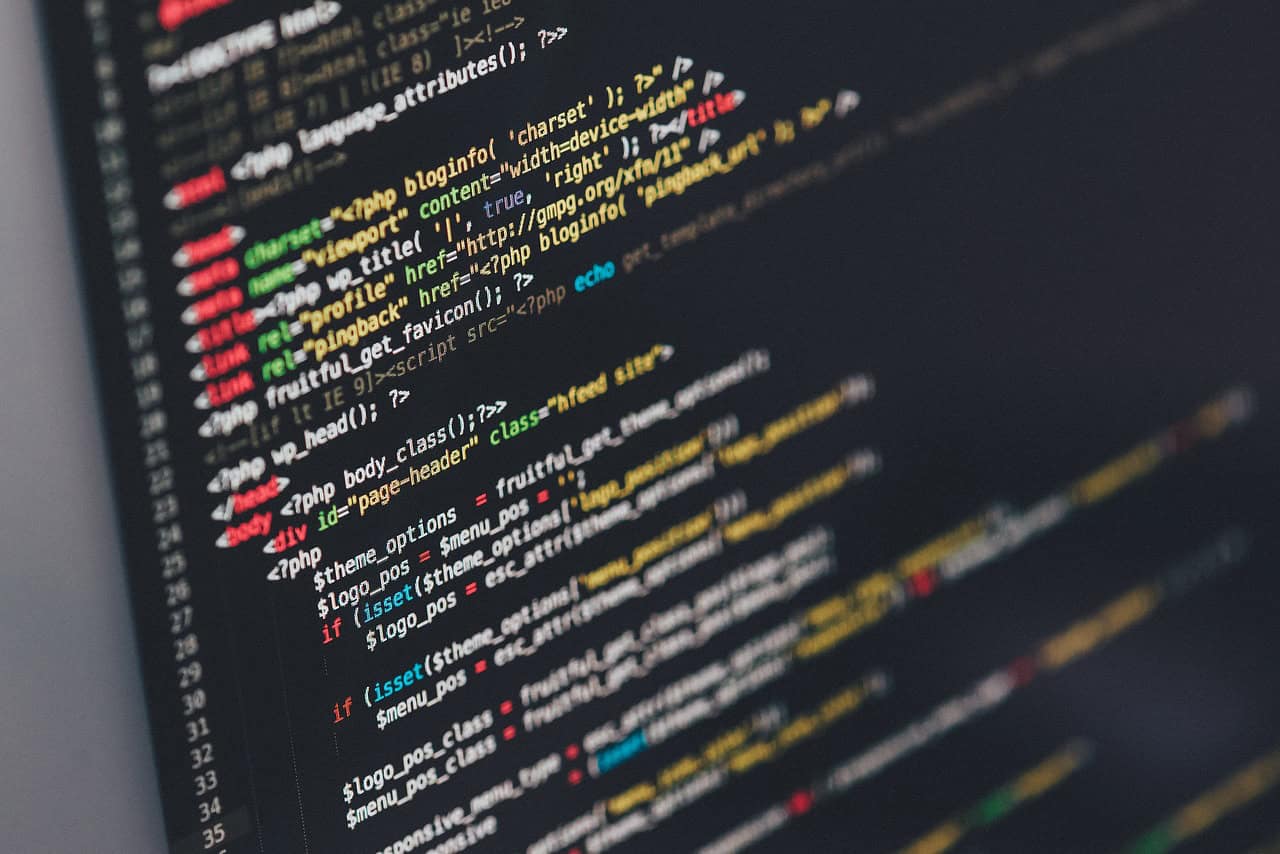Comprehensive Guide to Python Web Development
Python is a versatile and popular choice for building dynamic websites and web applications. Its simplicity, readability, and vast ecosystem of libraries and frameworks make it an ideal language for web development. In this guide, we will explore the basics of Python web development, different frameworks, and provide tips for readers to learn and master the language.
What is Python Web Development?
Python web development involves creating web applications and websites using the Python programming language. It involves writing server-side logic, handling HTTP requests and responses, managing data storage and retrieval, implementing business logic, and rendering dynamic content.
Why Use Python for Web Development?
- Versatility: Python is a high-level language that supports various advanced applications and functions, making it suitable for both beginners and experienced developers.
- Ecosystem: Python has a robust ecosystem of frameworks, libraries, and tools, such as Django and Flask, that simplify the development process and enable developers to create scalable and efficient web solutions.
- Ease of Learning: Python’s syntax is clear and concise, making it easy to learn and fun to use.
How to Use Python for Web Development
- Install Python: Start by installing Python on your machine. Visit the official Python website and download the latest version compatible with your operating system.
- Choose a Web Framework: Python offers various web frameworks. Popular options include:
- Django: A free, open-source framework that enables rapid development of complex code and applications.
- Flask: A lightweight framework that allows developers to create web servers easily.
- Pyramid: A flexible and minimalist framework suitable for various applications.
- CherryPy: A micro-framework that provides built-in tools for various functionalities.
- Set Up a Development Environment: Create a dedicated folder for your project and set up a virtual environment to isolate its dependencies.
Best Practices for Python Web Development
- Use Virtual Environments: Isolate project dependencies to prevent conflicts with other Python installations.
- Follow PEP 8: Adhere to the official Python style guide to ensure code readability and maintainability.
- Test Thoroughly: Utilize testing frameworks to ensure your code is reliable and efficient.
- Use Version Control: Employ Git for version control to track changes and collaborate effectively.
- Optimize Performance: Leverage caching mechanisms and optimize database queries for better performance.
Learning Resources
- Official Documentation: The official Python documentation is a comprehensive resource for learning the language and its libraries.
- Online Courses: Consider platforms like Codecademy and Coursera for interactive courses on Python web development.
- Tutorials and Articles: Websites like Real Python provide invaluable tutorials covering key techniques used in Python web development.
Further Reading
For more in-depth guides, check out:
Conclusion
Python is an excellent choice for web development due to its versatility, ease of learning, and extensive ecosystem of libraries and frameworks. By choosing the right framework, setting up a development environment, and following best practices, developers can create scalable and efficient web solutions. For those looking to learn Python web development, there are numerous resources available to get you started on this exciting journey.
Python Web Development Projects and Applications
Key Projects
- Blog Application: Create a full-featured blog platform using Django. This project will help you understand user authentication, database models, and template rendering.
- RESTful API: Develop a RESTful API with Flask that interacts with a database. This project will provide hands-on experience in handling HTTP methods, routing, and JSON serialization.
- E-commerce Website: Build a complete e-commerce site using Django or Flask. This will cover product listings, user management, payments, and order processing.
- Portfolio Website: Design a personal portfolio website with Flask to showcase your projects. This can include dynamic content through database integration.
Python Code Examples
Example: Simple Blog Application with Flask
from flask import Flask, render_template
app = Flask(__name__)
@app.route('/')
def home():
return render_template('home.html')
if __name__ == '__main__':
app.run(debug=True)
Example: RESTful API with Flask
from flask import Flask, jsonify, request
app = Flask(__name__)
tasks = []
@app.route('/tasks', methods=['GET'])
def get_tasks():
return jsonify(tasks)
@app.route('/tasks', methods=['POST'])
def add_task():
task = request.json
tasks.append(task)
return jsonify(task), 201
if __name__ == '__main__':
app.run(debug=True)
Real-World Applications
Python web development is widely used across various sectors, including:
- Content Management Systems (CMS): Python frameworks like Django are popular for building scalable CMS applications that manage digital content efficiently.
- Data Analysis and Visualization: Web applications built with Python can serve as front-end interfaces for data visualization tools, enabling users to interact with data seamlessly.
- Social Media Platforms: Many social networking sites employ Python due to its efficiency in handling user interactions and data management.
- Online Education Platforms: Python is used to develop e-learning applications, allowing for interactive and engaging learning experiences.
- Healthcare Applications: The healthcare industry benefits from Python for building web applications that manage patient data and appointments.
Next Steps
Now that you’ve gained a comprehensive understanding of Python web development, consider deepening your skills by working on personal projects or contributing to open-source applications. Explore various frameworks like Django and Flask to gain practical experience.
You can also enhance your learning by checking out the detailed guide on web development in Python, which provides insights into best practices and tools that can further streamline your development process.
Don’t forget to utilize online courses or tutorials to continuously build on your knowledge. Practical application through real-world projects is key to mastering Python web development. Happy coding!
